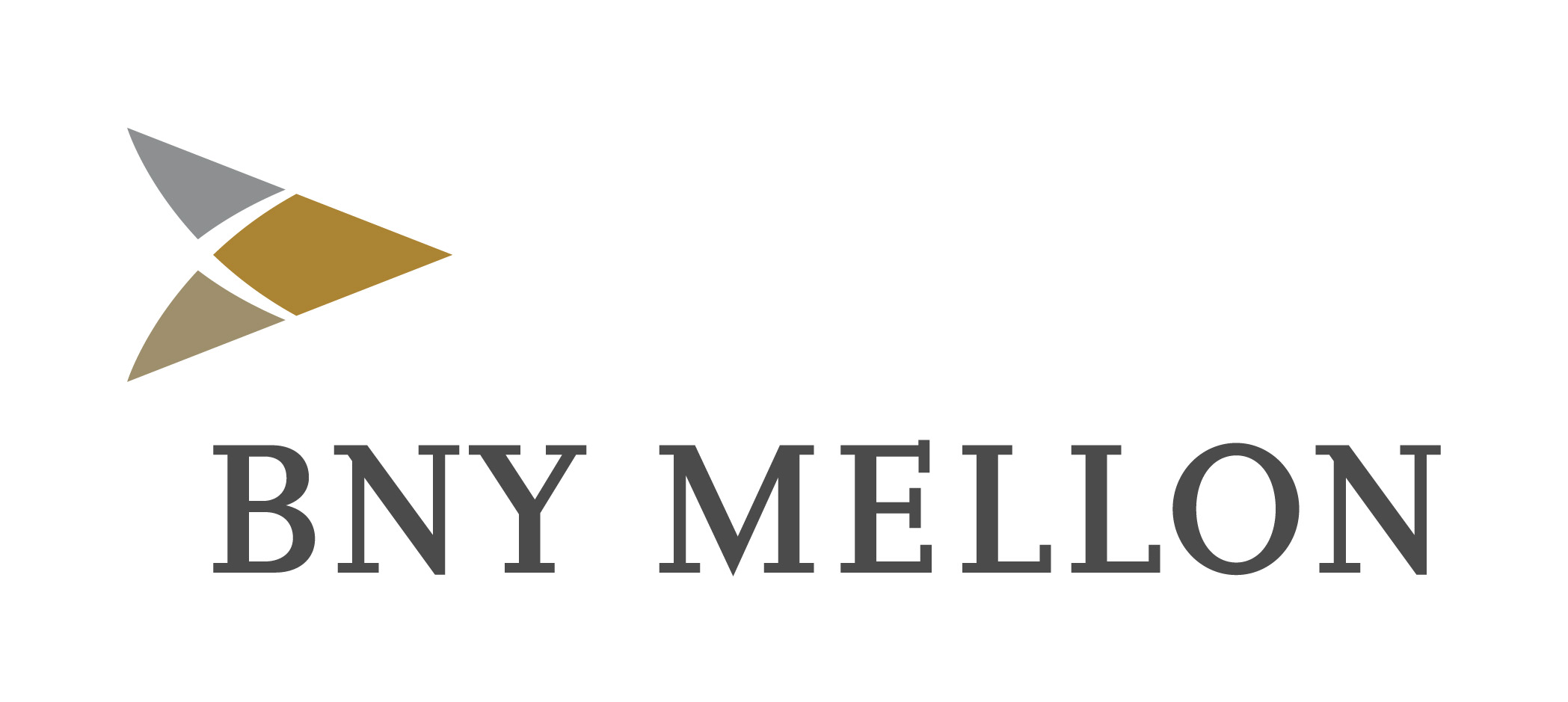Promoting Environmental Sustainability and Long-Term Value
By Todd Gibbons, Vice Chairman and Chief Financial Officer

Promoting Environmental Sustainability and Long-Term Value
BNY Mellon is dedicated to doing our part to create a sustainable world where people succeed and economies can thrive. We cannot separate our financial and environmental responsibilities and expect to be successful in the long-term.
Managing environmental risks and promoting a healthy environment for our employees and communities is critical to business longevity and long-term value.
Research shows that climate change now affects every region on earth. I am extremely proud of the work that we have done to propel BNY Mellon to a leadership position in climate change management. Since 2015 we have been carbon neutral1 by reducing our energy consumption, purchasing renewable energy credits, and offsetting remaining emissions by supporting low- or no-carbon projects around the world. We have been recognized by CDP (formerly Climate Disclosure Project) for our carbon reduction efforts, and have been named to the CDP Climate A List for four consecutive years, among only 9 percent of companies considered for the recognition. And in 2016, we surpassed our 2020 goal to reduce our greenhouse gas emissions by 40%.
Our early achievement of our emissions goal has presented us with an opportunity to think about what’s next, and we are considering new advances in awareness and measurement techniques in our goal-setting. Science Based Targets (SBTs) have come into full view as a measurable standard with which to create carbon emissions goals that are validated externally as opposed to being internally developed. An SBT would enable us to consider our company’s allotment of greenhouse gas emissions needed to keep global temperatures rising to no more than 2 degrees Celsius compared to pre-industrial temperatures.
Taking a look at the rest of our environmental impacts, we’ve reduced our water consumption, improved our landfill diversion rate, and implemented innovative solutions to reduce waste such as composting and a “binless” workplace. We’ve made great progress through the use of improved data tracking and analysis and more sophisticated feedback platforms. We’ve aligned our LEED certified buildings with an innovative platform (Arc), which provides us with more data around the current and ongoing performance of our buildings, rather than at just a single, static point in time. Through the new Workplace Excellence program, we’ve achieved reductions in the emissions from employees’ commuting into the office, as well as the amount of pages printed.
Together, we’ve accomplished a great deal to protect our environment and promote a sustainable future for our company, clients, employees and communities. While we lead among our peers, we are far from done. We will continue to drive progress on our environmental initiatives to ensure we meet our responsibilities as the Investments Company for the World.
1 For scope 1 and Scope 2 GHG emissions, including in our data centers, as well as Scope 3 business travel emissions.

